PERC Technology in Solar Panel Technology?
- 05-01-2022 11:27:45
- 22
The pursuit of higher conversion efficiency is an age-old theme in the PV industry. Among all the links in the chain, cell technology is the most fundamental and decisive. As reported by Vincent Shaw from Shanghai, as we look beyond the established PERC technology, whether heterojunction or TOPCon will become the dominant "next-generation" solar cells among the giants. China's production is emerging as a balancing act between incumbent and emerging.
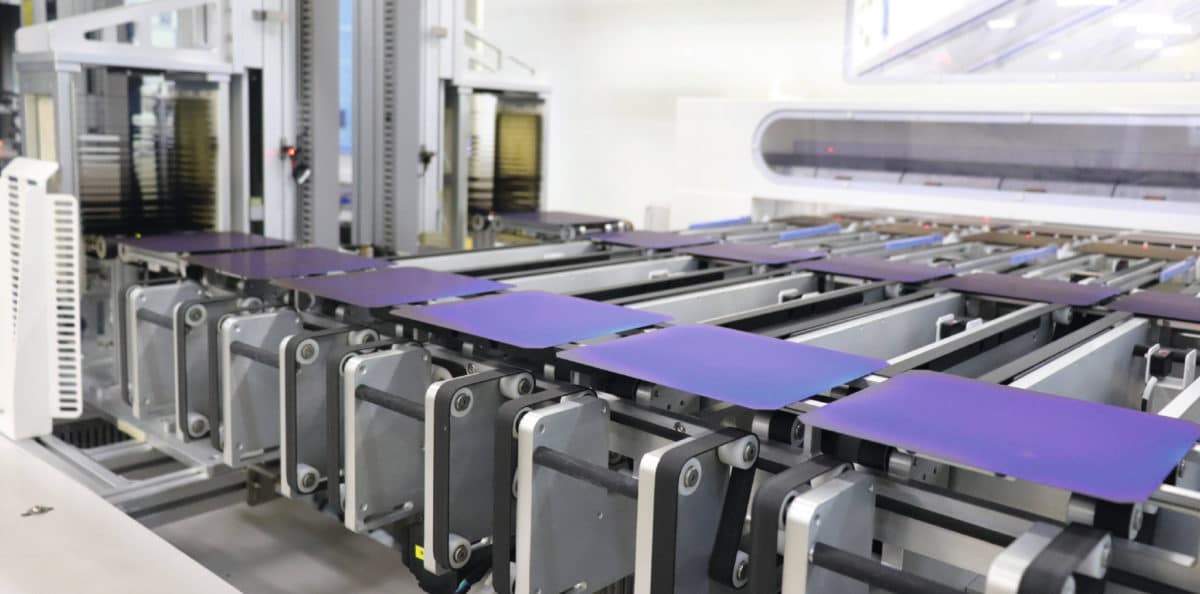
Suzhou-based Jolywood has by far the largest commitment to TOPCon technology among PV battery suppliers in China, with 2 GW of mobile lines coming online by the end of 2020.
PERC cell technology took the throne in 2016 and became the dominant cell technology in just three years. According to statistics of China Photovoltaic Industry Association (CPIA), all new installed solar panels in 2019 are PERC technology, and its market share has increased to more than 65%. Typical back surface field (BSF) solar cells are down to a little less than 32% globally from a 2017 market share of more than 83%.
It seems that after years of continuous research and development, PERC's potential for efficiency improvement has been more or less exhausted. Scientific research has predicted the theoretical upper limit of PERC's conversion efficiency to be around 24.5% and mainstream products currently close to 23% - with further improvements to be difficult to come by.
Even the largest PERC producer, Longi Solar, commented on the difficulty of achieving higher efficiency with PERC without drastically increasing marginal production costs. Longi achieves 24.06% in R&D by the end of 2019 and a 23% increase in mass production by mid-2020
Next generation option
There are four main pathways for silicon cell technology beyond PERC: n-PERT, n-TOPCon, heterojunction (HJT), and alternating reverse contact (IBC). None of these are new and all of them are being evaluated and optimized by R&D teams, organizations and business units worldwide as candidates for solar cell technology. next mainstream. What unites them is that they are all based on n-type silicon, not p-type.
Of all four routes towards higher efficiency, n-PERT and IBC seem to be out of the race, due to their high costs, complex manufacturing processes, and limited efficiency potential. This makes TOPCon and HJT rivals, and supporters of the two are emerging, with each with their own advantages and pitfalls.
Main advantage
TOPCon technology originates from Germany's Fraunhofer ISE, which was made public with its approach in 2013. According to the institute's research and a subsequent report at the Silicon PV 2019 conference, TOPCon is understood to have a theoretical performance ceiling. is 28.2% -28.7%, even exceeding the limit of HJT, at 27.5%. The ceiling even reaches the theoretical limit of crystalline-silicon solar cells of 29.43%.
More importantly, TOPCon production can utilize most of the equipment used in the PERC line, with the addition of two to three additional tools. This will significantly save both time and money on capacity investment, making TOPCon very attractive to manufacturers currently operating PERC production lines.
In China, the current capital investment for TOPCon lines, per GW of capacity, is still higher than that of PERC, but reports indicate it is decreasing as the necessary equipment is localized. Since 2019, several key equipment suppliers for the TOPCon process, including LPCVD, PEALD and boron diffusers, have been successfully localized. This reduces the required investment to less than 350 million CNY ($54.3 million) per GW, incentivizing manufacturers to join the “TOPCon pool."
Team TOPCon
Jolywood, the largest TOPCon manufacturer, installed and raised 2 GW of TOPCon cell lines at its Suzhou facility by the end of 2020. Major integrated manufacturers – including heavyweights like Trina Solar , Canadian Solar and Jinko - tend to embrace TOPCon. They have all invested significantly in R&D on TOPCon, installing test lines for further testing and preparing for the change to come. However, there are still obstacles on the way of TOPCon's rapid expansion. Technical difficulties exist in the complex multi-stage process and lead to low production productivity. According to analysts at EnergyTrend, the average production yield of the TOPCon lines they studied is around 93% - much lower than the typical PERC yield of 97%-99%.
TOPCon cells also require significantly more silver than PERC during metallization, around 130-150mg of silver per piece, compared to 85mg with PERC - further increasing the cell cost. Another problem is that the labor cost is higher for TOPCon and difficult to reduce compared to HJT due to having 9 or even 10 complex production processes.
Despite these challenges, the major PERC cell manufacturers continue to develop TOPCon. For example, Jinko publicly commented that “Comparing TOPCon with HJT in many respects, we are currently siding with TOPCon".
At a conference in the solar stronghold in Wuxi in June 2020, Chen Yifeng - vice president of high-efficiency solar cell R&D at Trina Solar - said that "HJT cells are revolutionary and complete." completely different from its predecessors, while TOPCon evolves and is compatible with most previous line equipment and saves costs". Yifeng's comments were posted on the Chinese social networking platform Xueqiu. He said that he is confident that all of TOPCon's current difficulties and problems will be solved gradually, with the joint efforts of the whole industry - just like PERC before it.
The largest vertically integrated PV producer, Longi, has so far not disclosed its location. However, a senior director of Longi's top management team told pv magazine recently that the company will soon launch a new cell product with next-generation cell technology, "which This is very predictable," he teased.
HJT . Technology
Compared to TOPCon and other traditional solar cell technologies, HJT is quite a different monster. Perhaps thanks to its uniqueness, HJT has won many supporters.
The manufacturing process of HJT is significantly simpler than that of TOPCon, with much fewer steps. Compared with PERC's 7 production processes and TOPCon's 9 to 10, HJT only needs a total of 4 key process steps on the entire cell production line. In addition, due to its technical features, HJT cells have a higher Bifacial utilization rate - more than 90%.
Many features of HJT improve the inherent defects of PERC. It exhibits better power efficiency in low light, it has no light-induced degradation (LID) and potential-induced attenuation (PID), and exhibits a lower temperature coefficient.
HJT is also more compatible with thinner panels and cells, with the reduced thickness seen as a significant cost-reduction lever - especially in times of rising polysilicon prices. HJT is also considered to combine well with perovskites in parallel cells, which can give quite amazing conversion efficiency, potentially up to more than 30%.
All these factors have made HJT the new technology platform of choice, possessing the greatest potential for future growth, and the best successor of PERC. For those who are new to PV production and their financial backers attracted by the fast growing PV market, HJT seems like the best option to enter the industry and also the rare opportunity to outpace incumbents in the industry.
Since 2019, more and more Chinese PV companies decided to enter the HJT field with trial lines, and some have announced mass production lines. For TOPCon, these decisions appear to be underpinned by the reduction in HJT production costs due to the localization of production equipment, along with increased conversion efficiency.
Tongwei, a major polysilicon supplier and cell manufacturer, invested in 2 pilot HJT lines in 2019 and conduct more testing in 2020. At the end of 2020, Tongwei decided to build a project. HJT with 1 GW capacity for further testing and mass production. Canadian Solar and JA Solar are both investing in test lines in 2020, with the company recently announcing its intention to build two more by 2021. Risen, Akcome and Shanxi Coal Group are owned State ownership is more active and has bet on HJT scale GW lines.
Like TOPCon, HJT also has its challenges. Manufacturing HJT can be simple in terms of process steps, but there are difficulties in these processes. Many aspects of each require careful optimization, which costs both time and money. Another problem for HJT is the cost of silver metal, which can be as much as three times higher than PERC due to the low temperature treatment required when metalizing. A special low-temperature silver adhesive must be used, and the material is currently largely proprietary to supplier Kyoto Electronics Manufacturing (KEM), which means it comes at a premium. Equipment localization is still underway and without more China-made HJT tools, HJT's cost cannot compete with PERC's.
Zhiyu Zhang, an experienced industry analyst who used to work for a stock advisor in the solar business is very supportive of HJT, and his logic is logical and simple. Zhang said: “HJT has many advantages over TOPCon, and all its shortcomings can be solved gradually with the development of technology. “For example, processes that are difficult to optimize, high silver costs will be cut through the substitution of local raw materials and improved high-precision welding, and equipment localization will be reduced. significantly cost down to the level of TOPCon."
Ending
As for whether TOPCon or HJT will become the next king of solar cells, both have their supporters and opponents. Indeed, the backing of leading companies in the industry will certainly give a strong boost to TOPCon. However, Zhang disagrees with this opinion, “Just because TOPCon is backed by those giants doesn't mean they are right and TOPCon will win. Position determines action Zhang said. “They chose TOPCon just because they had to. And if the giants had always won, we wouldn't have seen Mono beat Poly technology, leading to the rise of PERC."
The crux of the rivalry between these two technologies is probably not which technology has more supporters, or which has the potential to be more efficient, but which technology can achieve the cost of production. lowest - or low enough to allow rapid deployment. With just a low enough cost, any new technology can surpass PERC and its huge market share.
In February 2021, CPIA released its forecast for the future development of solar cell technologies. Where CPIA states that they see TOPCon leading in terms of market share before 2024, after which point HJT will rise to the top.
According to pv-magazine.com
Intech Energy is one of the prestigious EPC general contractors in the field of providing installation solutions, supplying materials and constructing and installing solar power projects nationwide ranging from households to large scale projects. for Business. We have more than 10 years of working experience in the solar power and renewable energy industry, always committed to giving dedicated advice to our customers to provide effective solutions with quality products, competitive prices, and competitive prices. Sustainable development of clean energy sources to "Create a green life".
News other
-

How many types of solar inverters are there?
10-01-2022 17:15:06 Details
-
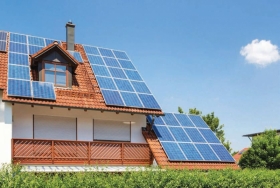
Install a solar battery system properly
10-01-2022 16:25:02 Details
-
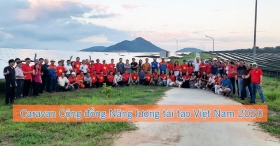
The Vietnam Renewable Energy Community organizes a Caravan journey towards the Central region
10-01-2022 09:12:28 Details
-
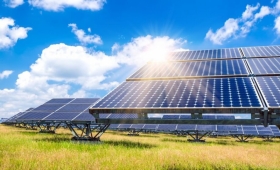
Solar panel system rotates in the direction of the sun – Up to 30% higher efficiency
10-01-2022 09:11:15 Details
-
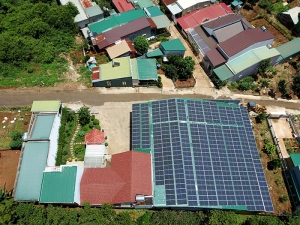
Why is solar power in the Central Highlands extremely ”hot” in 2020?
10-01-2022 09:04:02 Details
-
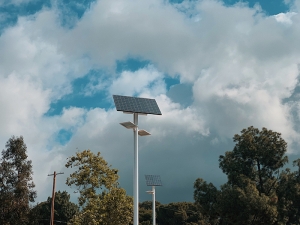
What are solar lights?
10-01-2022 09:01:07 Details



.JPG)
.JPG)